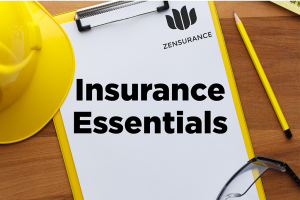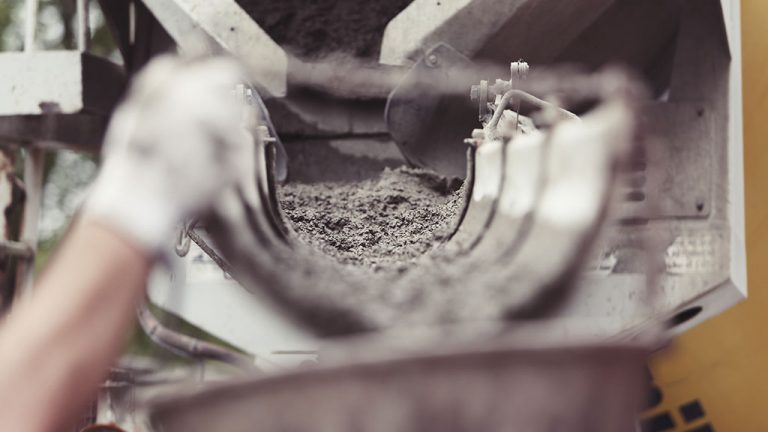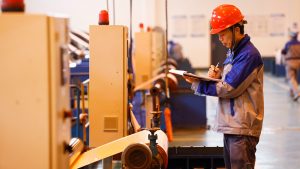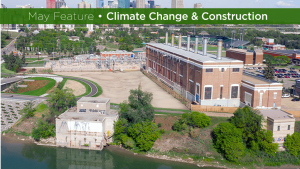It’s no secret the construction industry is responsible for a huge amount of GHG emissions produced around the world each year. Corrective action may seem obvious, but can it be supported by a strong financial argument?
In terms of new construction, studies have already confirmed the added costs of building a structure with high energy-efficiency performance are minimal.
However, focussing solely on new buildings overlooks the fact that 80 per cent of today’s buildings will still be standing in 2050. Small efficiency measures undertaken periodically, such as changing to LED lighting and upgrading windows, can cumulatively reduce operational energy demand. These are also easy to include in annual budgets.
However, the biggest energy performance improvements come with a higher upfront cost. Owners need to be convinced this is financially justifiable.
Jim Nostedt, president of SEEFAR Building Analytics in Winnipeg, has developed a method of calculating the Total Cost of Building Ownership (TCBO) over time that accounts for the savings resulting from deep energy retrofits. His analysis can show owners, on a case-by-case basis, the projected financial benefit of tackling large energy-efficiency improvements head-on.
“The objective of a SEEFAR Evaluation is to optimize the whole building investment, reduce operational and material carbon emissions, and thus reduce the TCBO,” Nostedt told the Daily Commercial News. “Owners will save millions of dollars over the life of the building.”
Nostedt explained operating costs represent 80 to 90 per cent of the cost of ownership over the building’s typical useful life of 60 years. – put another way, eight to 10 times the initial cost of construction. Even a conservative 30 per cent estimated reduction in annual operating costs represents a huge cumulative saving over time, all for a relatively small investment. And with energy costs likely to rise over time, a retrofitted building offers better resilience against future increases.
Nostedt has observed that few owners he meets have fully considered the TCBO over the life of their buildings. SEEFAR sets out to monetize the high-performance difference. He also suggests that high performance buildings offer occupants a higher level of comfort than those built to code.
Therefore, they can command higher rents and, as a result, will be worth more in the future. Meanwhile, banks see a lower risk of default.
“I can’t see anybody losing. And certainly the planet wins.”
For example, the cost premium to retrofit to Passive House standards is getting lower all the time, says Nostedt. Designers and construction teams are learning by doing more of them. However, the planning process itself is as critical as the actions taken.
“The order in which you optimize is important. You really need to start off an optimization project at the beginning,” he explains. “First of all, you need to reduce the energy load. That means improving insulation and the enclosure’s airtightness by choosing durable materials. The second thing you need to do is to electrify to get rid of the greenhouse gas emissions.
For example, if you use heat pumps, your electricity costs are much lower. You’re going to get a coefficient of performance of two, three, even four times, and that reduces your electricity costs further. The final thing after you’ve reduced the load is to add renewables like solar panels.”
Nostedt believes widespread adoption of deep retrofits has been held back by short-term financial analysis. He suggests a comprehensive review is required that looks beyond quick-fix solutions.
“In commercial buildings they’re looking at things like building automation. But that won’t get us to net-zero. In fact, in a lot of cases, these have higher maintenance and operating costs than before. They don’t bring down the total cost of ownership at all. You may save some energy but you have to pay for it on the maintenance side. We really need to look at the total cost of ownership over the useful life of the asset.”
John Bleasby is a Coldwater, Ont.-based freelance writer. Send comments and Climate and Construction column ideas to editor@dailycommercialnews.com.











Recent Comments
comments for this post are closed